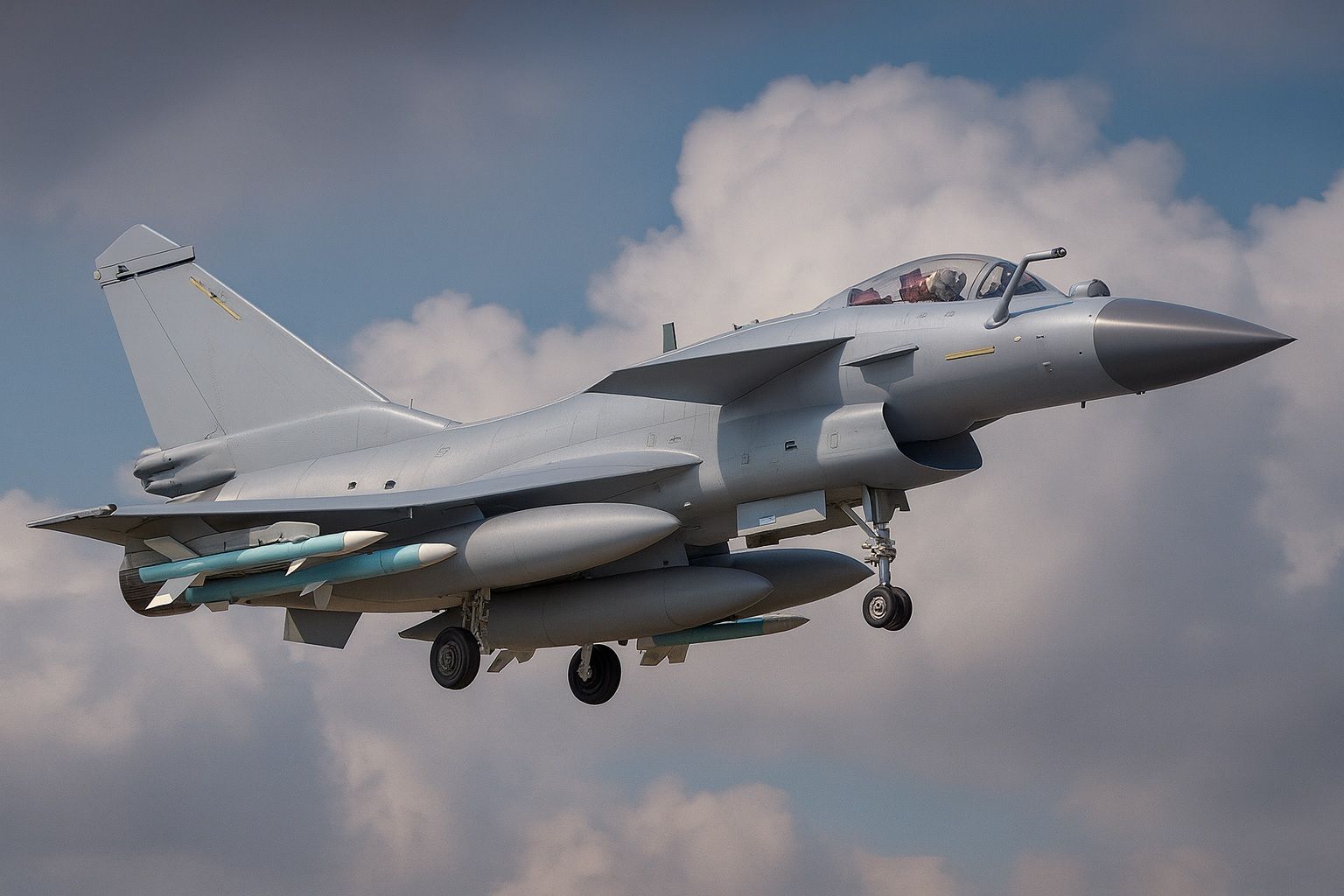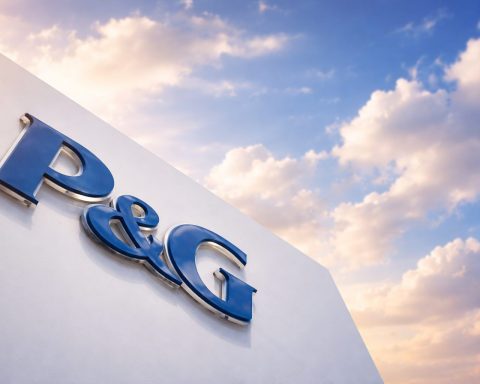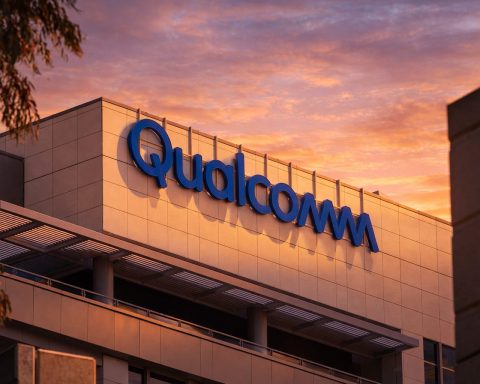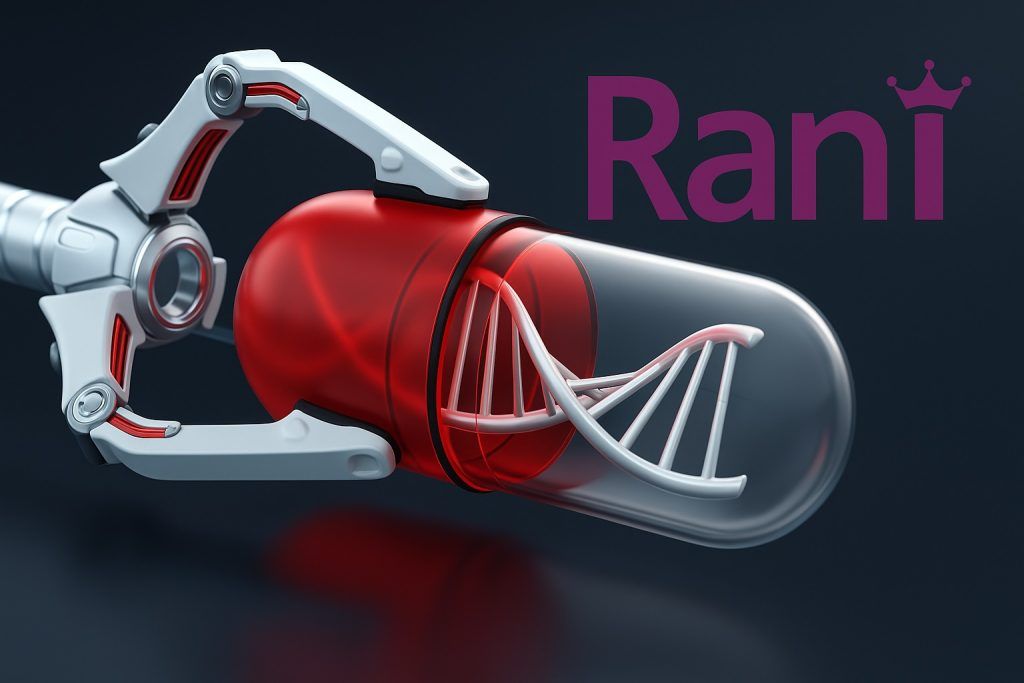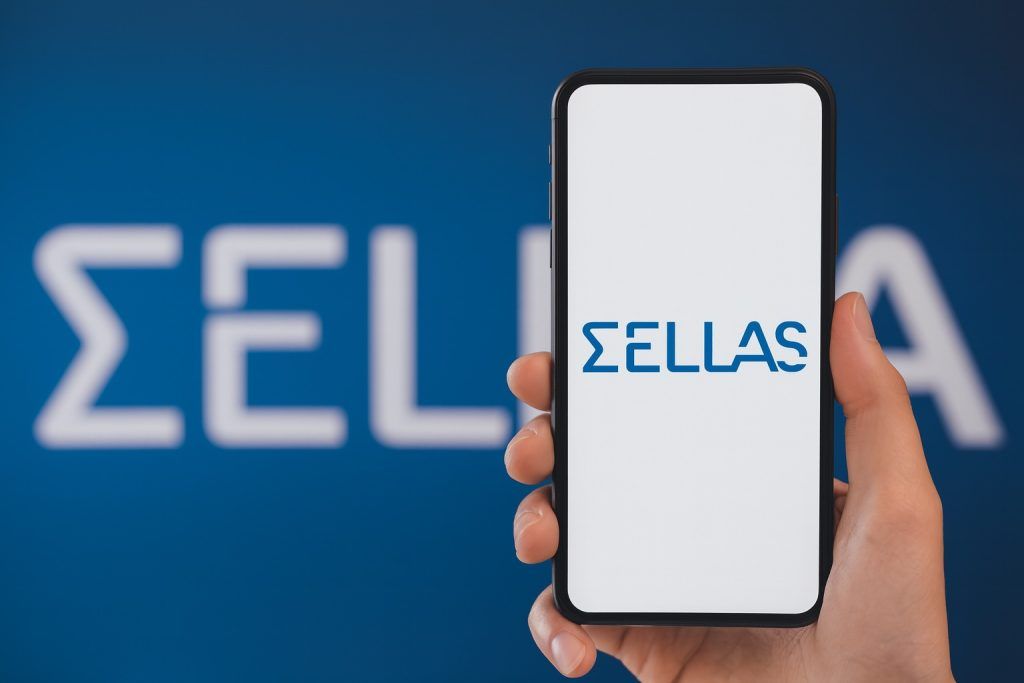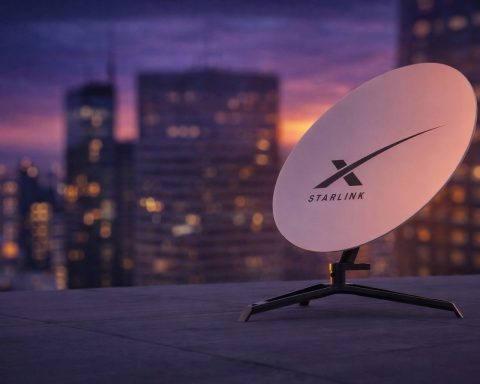- Indonesia will buy at least 42 Chinese Chengdu J-10C fighters (a ~$9 billion commitment in the 2026 budget), marking the country’s first major arms purchase from Beijing.
- “They will be flying over Jakarta soon,” said Defense Minister Sjafrie Sjamsoeddin. The purchase is part of Indonesia’s Trisula Nusantara modernization push. Jakarta also ordered 42 French Dassault Rafales ($8.1B) and 48 Turkish KAAN jets as it replaces aging F-16s and Sukhois.
- Shift to multipolar procurement: Experts note Indonesia’s “bebas-aktif” non-aligned policy means buying the best platforms regardless of origin [1]. Analyst Beni Sukadis warns that the J-10 deal “could be read as a shift in Indonesia’s security orientation amid China’s growing influence” in Southeast Asia. But many analysts emphasize Jakarta’s focus on capability and sovereignty over bloc allegiances [2].
- Chinese view: PLA and Chinese officials praise the J-10’s performance. State media quotes a Chinese military researcher calling the J-10 “cost-effective” with outstanding radar and missiles, combat-proven in recent conflicts. China’s defense ministry says it is “willing to share the achievements of China’s equipment development with friendly countries” to promote regional stability.
- Market impact: Western defense stocks held firm. Lockheed Martin (NYSE: LMT) closed around $495 on Oct. 17 [3] and Boeing (NYSE: BA) about $212 [4]. By contrast, Saab AB (Sweden; maker of the Gripen fighter) dropped ~4.4% to 461.9 SEK [5] on Oct. 17, as analysts note competition from Chinese jets. Tech analysis site TS2.tech observes Indonesia had been evaluating Saab’s Gripen, but had already locked in Rafales and eyed U.S. F-15s. The fighter jet market is heating up worldwide, with Pakistan, Iran and others showing interest in China’s J-10.
- Next steps: The exact contract details and delivery schedule remain under wraps. Indonesian officials say budget approvals are done, but reports suggest the deal might be financed partly by loans. Deliveries could begin in the late 2020s, with pilot training in China by 2026 [6]. Jakarta insists this deal won’t undermine its ties with the U.S. or France – as one analyst notes, Indonesia is now buying Chinese jets and continuing Rafales and Turkish planes, “yet maintains ties with the United States” [7].
Indonesia’s abrupt pivot to Chinese fighters has captured global attention. Defense analysts say it underscores Jakarta’s insistence on strategic autonomy. “Foreign actors can spread disinformation, but at the end of the day, Indonesia buys what it chooses,” writes analyst Muhammad Zulfikar Rakhmat [8]. In practice, Jakarta is “quietly demonstrating that strategic autonomy is possible” – fielding the latest jets from East and West while balancing great-power pressures [9]. For now, Southeast Asian neighbors and global arms makers will be watching closely how this deal unfolds and how it reshapes the region’s airpower balance.
Sources: Official statements and budget documents; reporting from AP and The Diplomat [10]; expert analysis in Asia Times and FlightGlobal [11] [12]; market data from Reuters and Investing.com [13] [14]; industry commentary from TS2.tech.
References
1. asiatimes.com, 2. asiatimes.com, 3. www.investing.com, 4. www.investing.com, 5. www.reuters.com, 6. defencesecurityasia.com, 7. asiatimes.com, 8. asiatimes.com, 9. asiatimes.com, 10. thediplomat.com, 11. asiatimes.com, 12. www.flightglobal.com, 13. www.investing.com, 14. www.reuters.com
